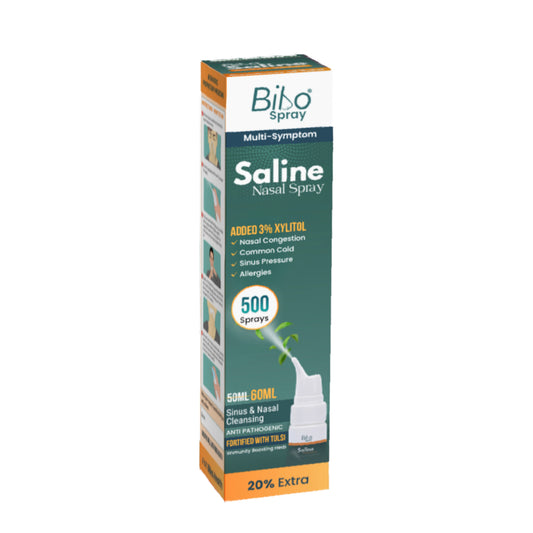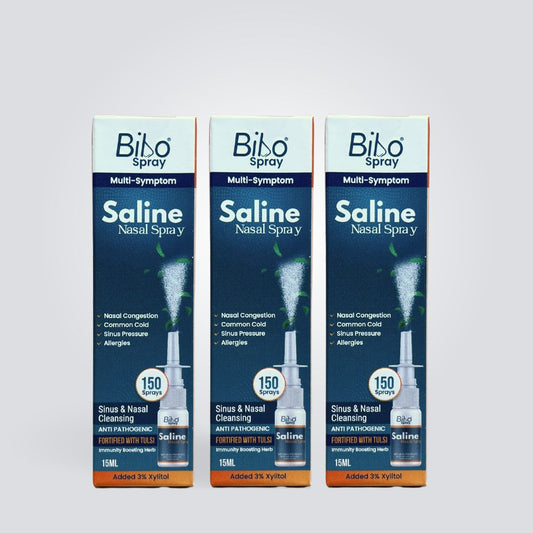Air pollution has become a constant hazard to human health. According to the Global Burden of Disease report 2019, almost sixteen lac individuals died due to outdoor air pollution in India which is the largest pollution-related death toll as compared to any country. From the past century, air pollution has emerged as a global issue due to rapid development in technologies and industrialization.
Asthma is a chronic respiratory inflammatory disorder in which bronchioles become hypersensitive causing reversible blockage of airways when exposed to irritants or allergen. It is the most common respiratory disease in the world and is directly linked to air pollution. While sinusitis is the inflammation of air sinuses. Every 8th individual in India is affected by sinusitis, especially the children. The rapid development of Mumbai has led to the outburst of maxillary sinusitis.
Effect of air pollution on Asthma
Air pollution is defined as the entry of particulates, poisonous gases, and specialized biological materials into the Air. It alters the environment negatively affecting human health, other animals, and food crops. It has three parts that affect Asthma severely.
- Particulate matter (PM)
- Pollutant gases
- Traffic-related air pollutants (TRAP)
- PM
It is defined as the mixture of solid and moisture in the atmosphere, that comes from vehicles, industries, and natural sources e.g., pollen, dust particles, etc. PM consists of coarse PM (PM10), fine PM (2.5), and ultrafine (PM<0.1). All the types of PM are respirable, and they deposit on the whole respiratory tract such as large airways, small airways, and alveoli, stimulating cough and asthma. When asthmatic patients’ exposure to the PM for an even short duration, there are asthma exacerbation and emergency department visits.
- Gaseous pollutants
It includes volatile organic compounds, gases emitting from combustion such as CO2 and SO2, and ozone. NO2 and O3 are particularly important in the onset of asthma due to their oxidative nature. According to a study, major asthma emergency room visits of China and India are linked to the ozone. Nowadays, ozone is increasing in the environment due to global warming resulting in increased asthma onset cases in the patients.
- Traffic-related air pollutants TRAP
They consist of gases and chemicals that are released from the exhaust of automobiles and vehicles. They are extremely dangerous for the health of the respiratory system because they contain the same pollutants of PM and poisonous gases such as NO2 and PM2.5.
Effects of air pollution on sinusitis
Increase in air pollutants has disrupted the normal physiology and biochemistry of the whole respiratory system. Specialized chemicals in the environment lead to the destruction of mucous membrane and provoke inflammatory diseases. Rhinitis, sinusitis, asthma, and several other allergies are common that are triggered by air pollution.
When the pollutants of air deposit in the airways, they irritate the mucous membrane, and the inflammatory process starts. They may cause neurogenic inflammation by directly affecting the substances in the blood such as vasodilation, edema, and immigration of white blood cells. Pollutants alter the consistency of mucous membrane that results in increased penetration, decreased thickness, and ciliary damage. The major site of inflammation is air sinuses that lead to sinusitis.
Keywords:
Air pollution, Asthma, Chronic respiratory inflammatory disorder, Irritants, Allergen, Sinusitis, Maxillary sinusitis, Particulate matter (PM), Pollutant gases, Traffic-related air pollutants (TRAP), Rhinitis, Neurogenic inflammation




